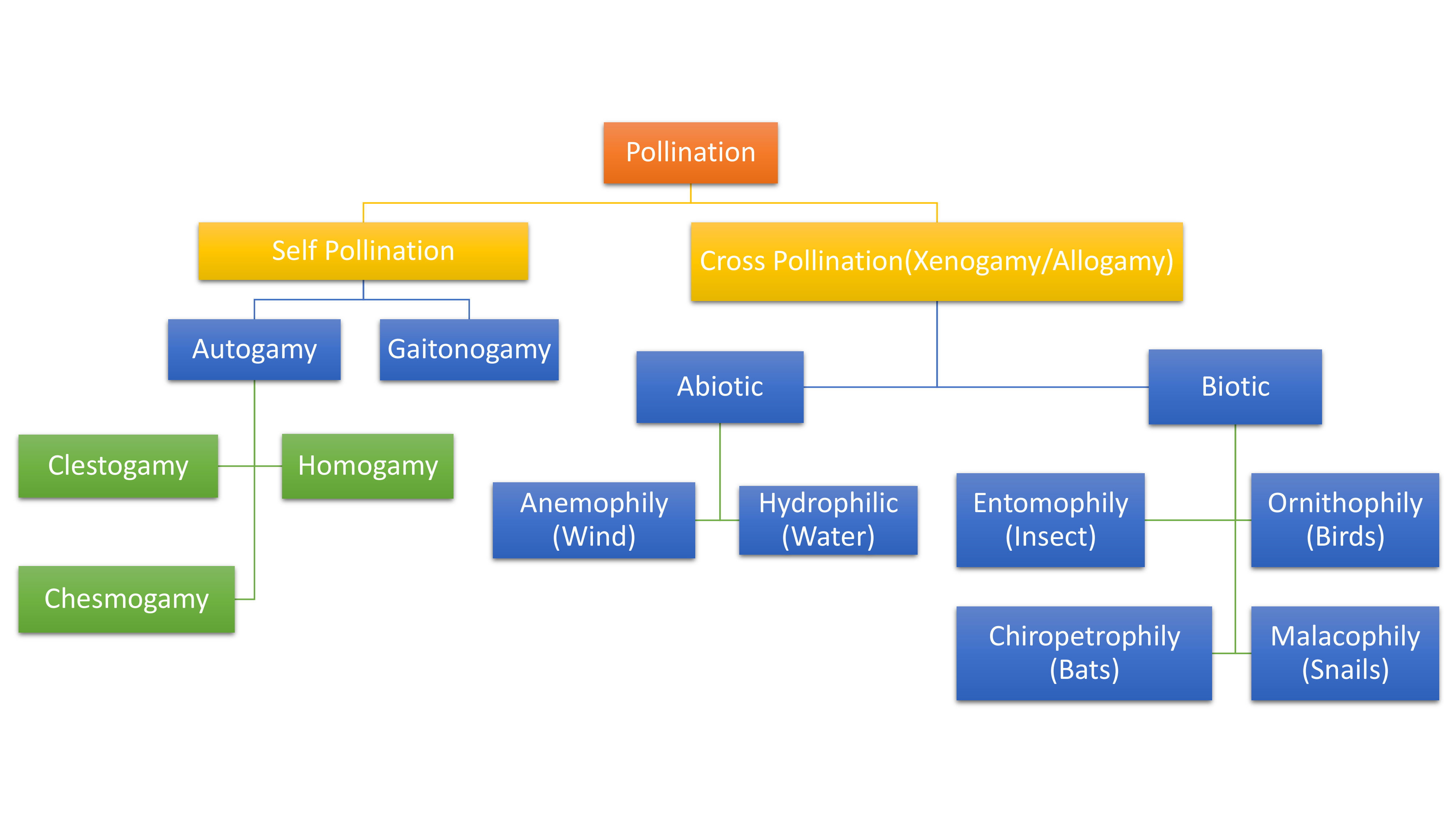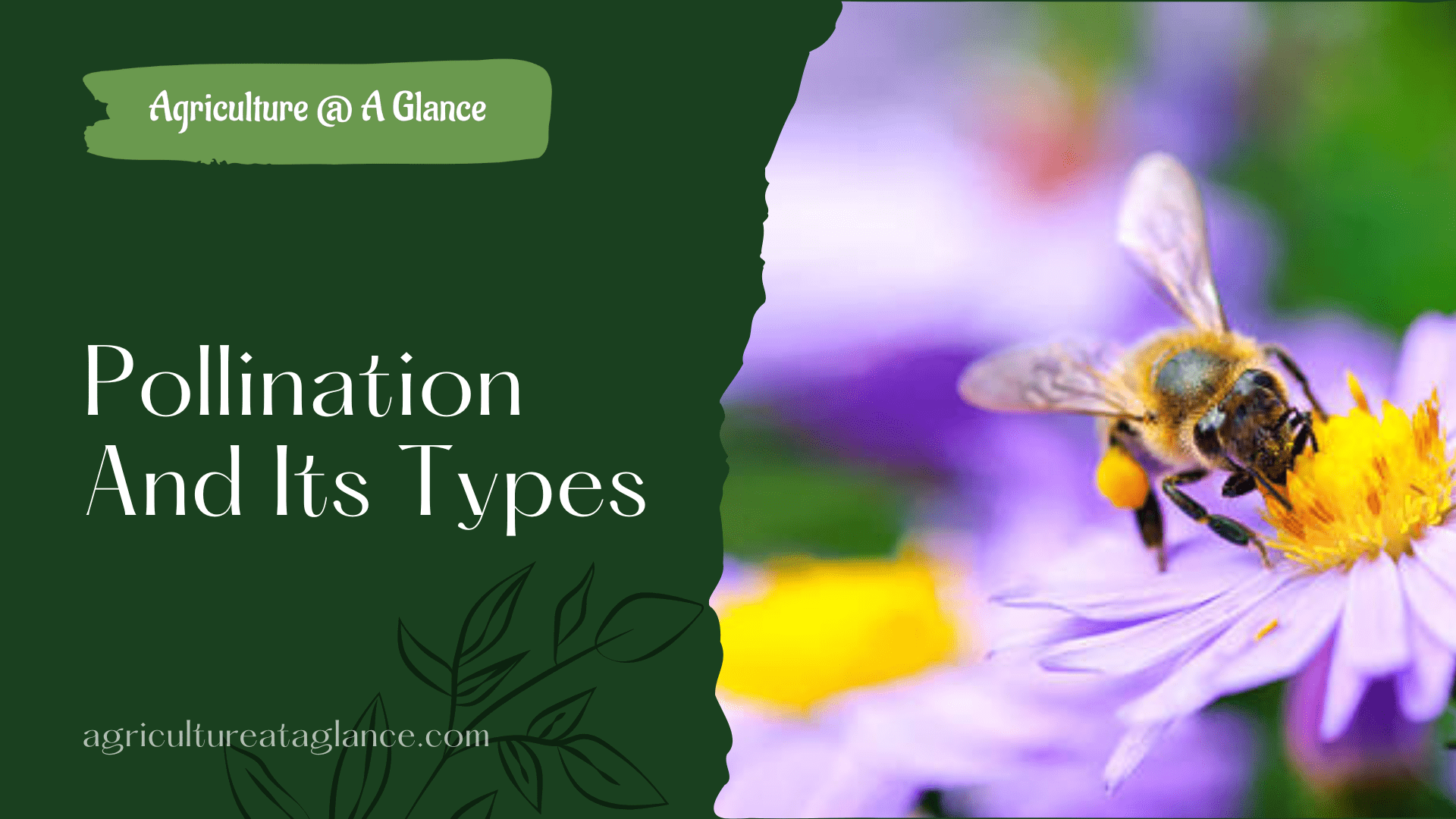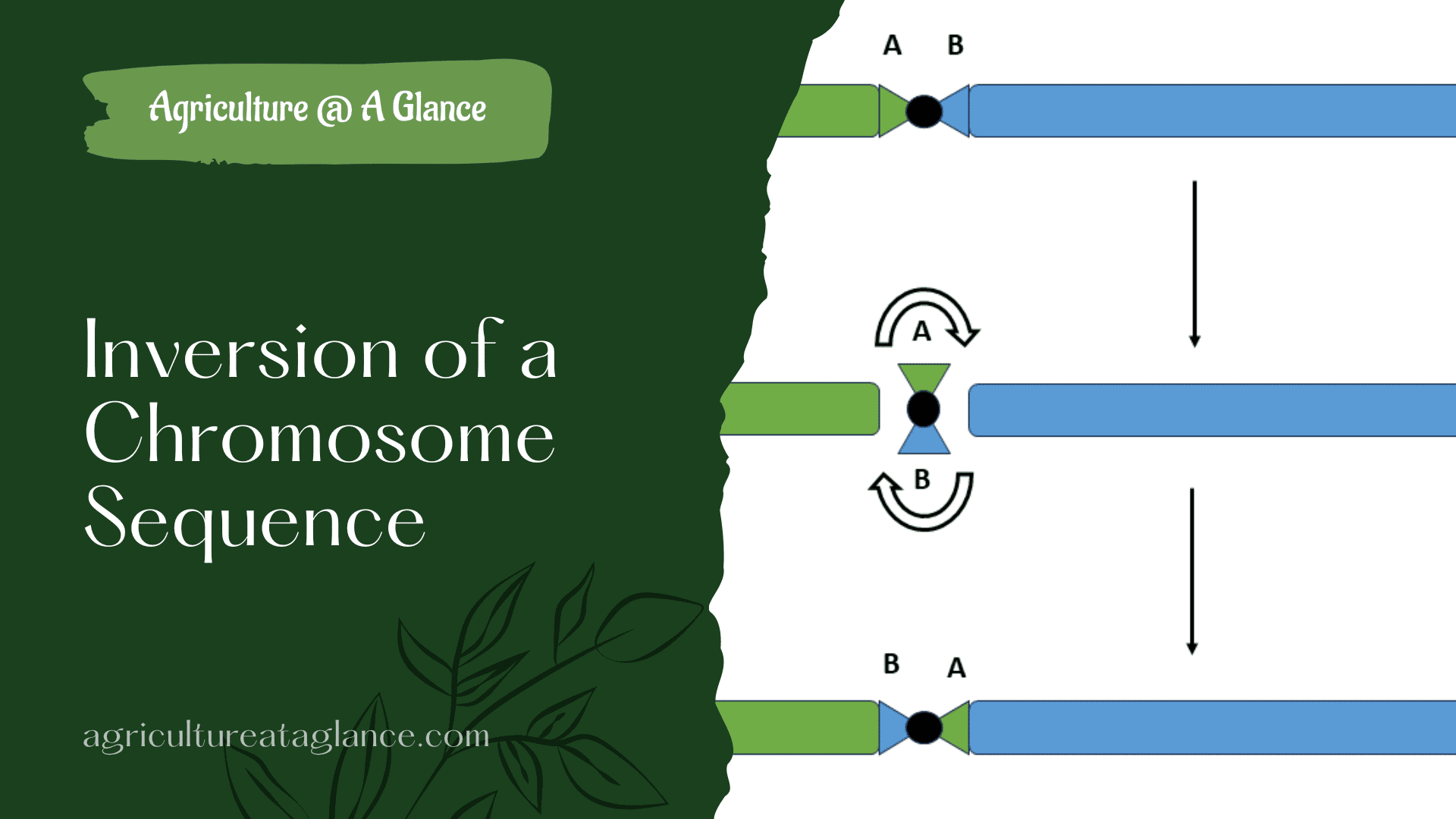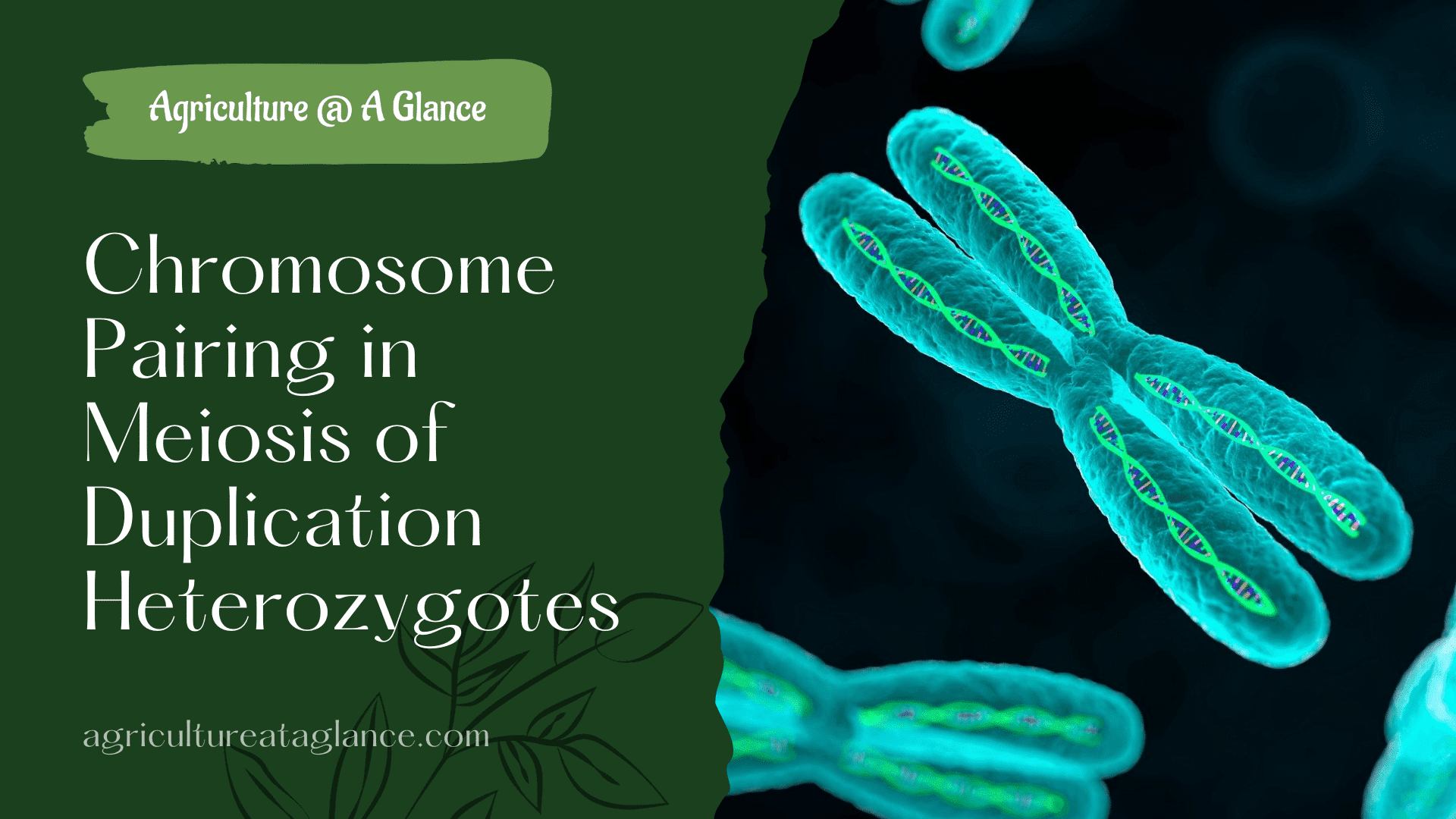Definition of pollination
Pollination is the process of transferring pollen from a plant’s anther to its stigma, which enables fertilization and seed production.
Why pollination is important
- Successfully seed development.
- Successfully fruit production.
- Increase tolerance of extreme temperature, salinity and drought.
- Increase tolerance of disease, insects and pests.
- Genetic diversity.

Types of pollination

1. Self Pollination
Self-pollination is a form of pollination in which pollen from one plant arrives at the stigma of a flower or at the ovule of the same plant. Self pollination has two types:- Autogamy and Gaitonogamy.
1.1. Autogamy
When pollen transfers anther(male gamete) to stigma(female gamete) in the same plant and same flower then it’s called autogamy.
Autogamy has 3 types:- Cleistogamy, Homogamy and Chesmogamy.
1. Cleistogamy
When self-fertilisation occurs within a permanently closed flower this phenomenon is called cleistogamy. The word cleistogamy means “Closed marriage”. Ex- Pea, Peanuts, Pansies, Violets.
2. Homogamy
Homogamy is the condition where anther and stigma are mature at the same time.(Generally anther and stigma are not mature at the same time. The phenomenon of anther and stigma maturing at a different time is called dichogamy(apart+marriage))
Protandry:- When anther mature before stigma. Ex- Sunflower.
Protogyny:- When stigma matures before anther. Ex- Sweet potato.
3. Chasmogamy
When flowers open after pollination it is called chasmogamy. The chasmogamy promotes self pollination because flowers open after pollination. Ex- Rice, Wheat, Barley, Oats.
1.2. Gaitonogamy
Similar to autogamy, but pollen grains are deposited on the stigma of another flower on the same plant.
2. Cross pollination(Xenogamy/Allogamy)
Pollen grains are transferred from the anther of one flower to the stigma of another flower on a different plant. it is two types- Biotic and abiotic cross pollination.
2.1. Abiotic cross pollination
When pollen grains are moved from one flower to another by non-living agents, such as wind or rain then its called abiotic cross pollination.
1. Anemophily (Air)
When pollen grains are transferred by air then it's called anemophily cross pollination. Ex- Rice, Wheat, Oats
2. Hydrophily (Water)
Hydrophily is a type of cross-pollination that uses water to disperse pollen, especially in rivers and streams. It's a relatively uncommon form of pollination, accounting for only 2% of pollination. Ex- Vallisneria, Hydrilla, Zosteria.
2.2. Biotic cross pollination
Biotic cross-pollination is a type of pollination that occurs when pollen is moved from one flower to another by living organisms, such as animals, birds, or insects.
1. Entomophily(Insects)
Entomophily is a type of cross-pollination that involves insects transferring pollen from one plant's anther to another flower's stigma. Bees, butterflies, moths,and beetles are some of the pollinating insects or agents.
2. Ornithophily (Birds)
Ornithophily, also known as bird pollination, is a type of cross-pollination that occurs when birds transfer pollen from one flower to another.Bottle brush, Red coral tree, Silk cotton, Bignonia, Bombax, Callistemon, Grevillea, and Agave, These flowers are pollinate by bards.Hummingbirds, Sunbirds, Honeyeaters, Honeycreepers, Spiderhunters, Drongos, Orioles, and Sugar birds, are examples of birds that pollinate these flowers.
3. Chiropterophily (Bats)
Chiropterophily is the process of pollination by bats, which are mammals in the order Chiroptera. The word "chiropter" comes from the mammalian order of bats, "Philly" means related to pollination or agent. Ex- Adansonia, Kigellia, Bauhinia, Anthocephalus, etc.
4. Malacophily (Snails)
When cross pollination is occurring by snails and slugs then it's called malacophily. Ex- Lemna, Chrysanthemum




